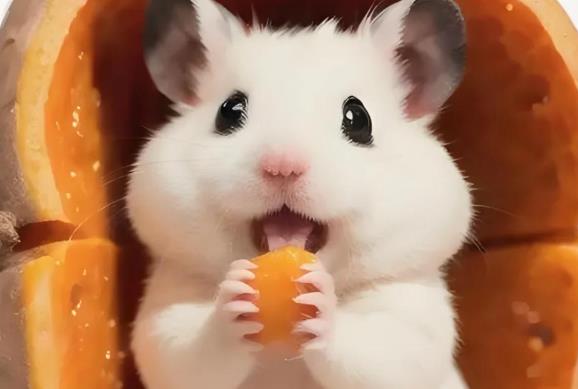Hamsters and mice belong to different families in biological classification, with a relatively distant genetic relationship. Below is a detailed analysis:

Taxonomic Differences
Hamsters belong to the family Cricetidae, while mice belong to the family Muridae. These two families diverged approximately 30 million years ago— a genetic gap comparable to the difference between humans and orangutans within the order Primates. At the genetic level, hamsters and mice exhibit significant differences in the number and structure of their chromosomes, further confirming their independent evolutionary paths.
Morphological and Behavioral Contrasts
Physical Characteristics
Hamsters: Short and round body shape; short, furry tails; large, round eyes; and possess cheek pouches (used for storing food).
Mice: Slender and lean body shape; long, hairless tails; small, pointed eyes.
Habits and Lifestyles
Hamsters: Clean by nature, requiring sand baths for grooming; docile temperament, making them suitable as pets.
Mice: Adapt well to dirty and messy environments; aggressive in behavior; may carry pathogens.
Evolution and Domestication History
The domestication of hamsters began in 1938, and they maintain a high degree of genetic independence. In contrast, mice have coexisted with humans for over 110,000 years. The genetic heterozygosity of wild hamsters is 40% higher than that of captive-bred individuals, indicating that wild hamsters actively avoid inbreeding during natural reproduction.
Common Misconceptions
Although both hamsters and mice belong to the order Rodentia, their family and genus differences are significant. Merchants may confuse the two due to their somewhat similar appearances, but in reality, their care requirements and health risks are completely different.
